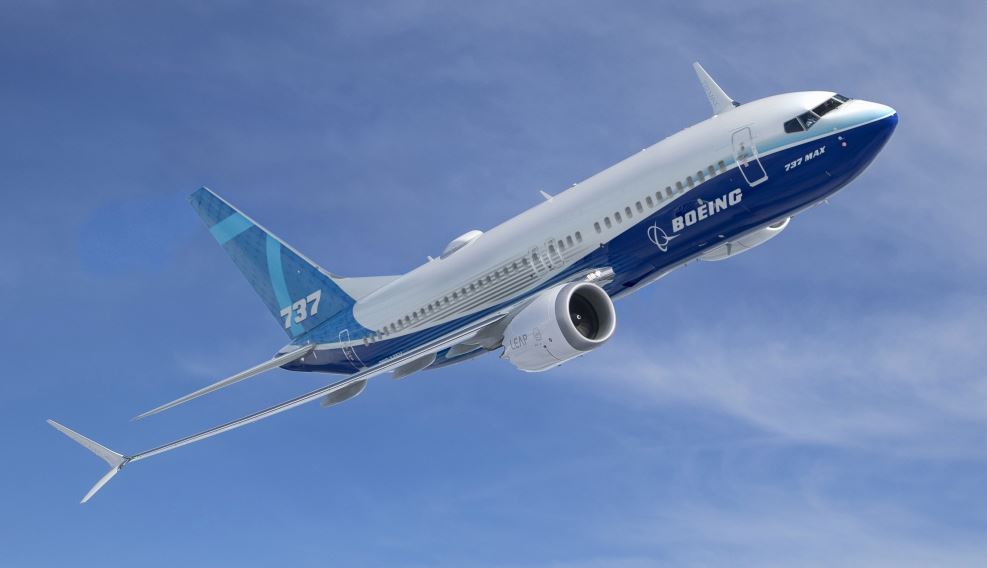The two crashes involving the same Boeing 737 Max model in a span of five months revealed some problems with the industry regulation as well as pilot training, according to an aviation expert.
“I believe this is the fundamental root cause of these accidents — inadequate regulation and oversight to counter financial incentives (of the airline industry),” Douglas Moss, an aviation safety and security expert at University of South California, told Xinhua news agency on Thursday.
An Ethiopian Airlines Flight crashed on March 10, killing 189 people onboard. In October 2018, a Lion Air flight plunged into the Java Sea, killing 157 people.
The Chicago-headquartered Boeing Company, has since been put under spotlight and potential legal liability has been widely discussed, even though an investigation is still underway.
The US Federal Aviation Administration (FAA) is mandated to guarantee airline safety via a certification process. But under its Organization Designation Authorization (ODA) programme, the FAA delegates to the manufacturer certain aspects of certifying the airplane — making sure that the airplane design meets all the FAA requirements, according to Moss.
“There is evidence that Boeing failed to fulfil its duties under the ODA,” said Moss. “They (Boeing) take their responsibilities for safety seriously.”
But the financial risks and incentives for both manufacturers and operators are so large that they sometimes sway corporate judgement, he said.
“The company may make a corporate decision that undermines safety and there isn’t enough governmental oversight or manpower to correct the issue,” Moss explained.
He added the pilot training at airlines is “woefully inadequate”.
“The 737 MAX pilots at American Airlines were given only a 56-minute iPad presentation to convey all the differences between the 737 MAX and its cousins,” he said. “Certainly that is not enough to ensure that the pilots are now competent to fly this new plane with all the new changes incorporated into it.”
In fact, most of the simulator time was devoted to administrative or rudimentary procedures instead of practicing how to handle emergencies, said Moss.
Another example he gave is the “poor documentation” that airlines give their pilots.
In the Lion Air accident, the pilots reportedly spent several minutes trying to find the right procedure in their emergency handbook to address their flight control problem.
“In my experience, the document writers at airlines are not pilots or human factors experts, and they follow mostly only rigid rules of format, with no concept of how the procedure will be used in the cockpit,” said Moss.
“Hopefully all these will change for the better after these accidents.”
